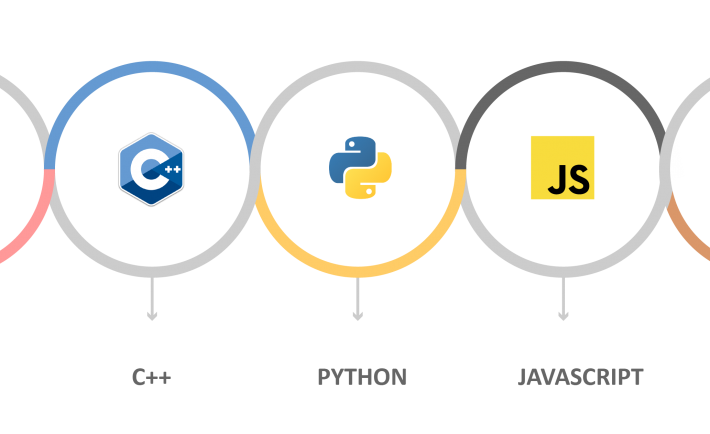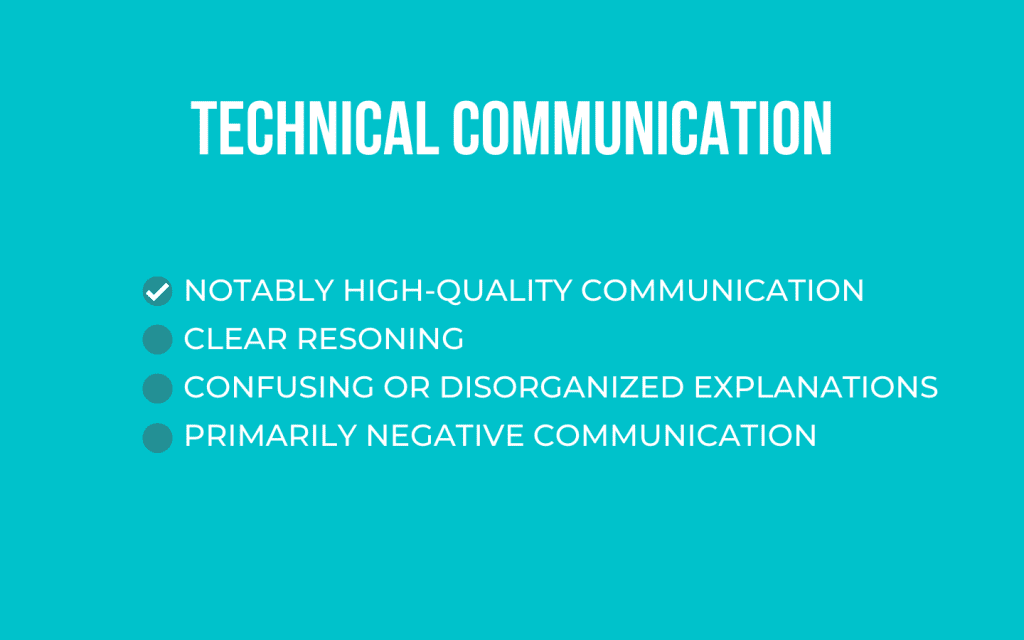
There are several crucial steps to begin developing custom software programs from scratch. The process for custom software development can be incredibly challenging and complex. Fortunately, there are several measures you can take to prepare yourself for the modern software development landscape. Since custom solutions are typically more complex than out-of-the-box software options, you will need a detailed plan to be successful in completing your program. When properly managed, this custom programming plan can help you accelerate your pipeline and create unique, profitable technology solutions. Read on to learn about how to begin developing custom software programs.
Learn A Comprehensive Coding Language

The first step to develop a custom software program is to learn a comprehensive coding language. Before you can begin developing high performance solutions, you will need to fully master a flexible programming language. Ideally, you want to select a coding language that is flexible, intuitively readable, and scripted. Mastering the fundamentals of high-performance, official coding languages for development, you can effectively manipulate essential software components like graphics, sound, and file systems. Before you can begin developing custom software solutions, you need to learn a comprehensive coding language.
Define Your Development Team

Once you have mastered a coding language, you need to define your custom software development team. An experienced software development team is essential to accelerate your pipeline, improve flexibility, and streamline security practices. Even if you originally planned on developing programs entirely by yourself, you should consider the benefits of working alongside a knowledgeable team. Many developers attempt to manage everything in-house to manage money. However, with several complex development phases, an experienced team is essential to help you navigate the process. If you are a small business owner, consider programming solutions with the help of your internal IT department. At the same time, you can consider outsourcing services to freelancers, software development companies, or other vendors. Other businesses additionally choose to develop solutions with the help of a freelancer. While freelanced professionals are often more affordable, many experts believe an agency is better than a freelancer for developing mobile apps and software solutions.
Integrate Advanced Programming Resources

With your development team defined, you can begin integrating powerful development resources. There are several sophisticated development resources available to help you expedite challenging stages of your SDLC. When you are planning custom solutions, one of most essential resources to integrate is a container registry. A container registry serves as a collection of repositories that is used to store container images. A powerful container registry by JFrog is able to support all of your Docker containers and Helm Chart repositories for your Kubernetes deployments. When properly integrated, you can use an image registry to manage and organize all of your Docker images. To begin developing custom software solutions, you need to integrate advanced development resources.
Address Potential Development Risks

After integrating sophisticated development resources, you need to identify and address potential development risks. When you are developing custom solutions, there are a number of things that could go wrong. To remain successful, it is essential to identify any potential threats before it is too late. Two of the most common development threats are missed deadlines and exceeded budgets. To effectively manage these risks, consider tools for managing projects and teams. At the same time, you will need to plan how to approach failed expectations or miscommunications. Before you can move on in the software development process, it is essential to clearly outline a strategy to address these risks.
Test Your Developed Solution
Before you can launch custom developed software solutions, you need to test your completed program. There are several critical testing measures that every team must take prior to release. Through thorough testing, you can identify obvious bugs, address any defects, and quickly alter any threats. Initially, you need to conduct basic functionality testing across all of your software’s features. At the same time, you need to conduct a code review and automatic static code analysis. To further guarantee your results, you should additionally conduct unit and single-unit performance testing. Before you can launch your configured software solution, you need to test your completed program.
There are several crucial steps to begin developing custom software solutions. The process to develop custom software solutions can be incredibly challenging and complex. Fortunately, there are dozens of productive strategies to help you navigate the process. The first step to develop a custom software program is to learn a comprehensive coding language. With your coding language selected, you need to define your custom software development team. Next, begin integrating powerful development resources. Then, you need to identify and address potential development risks. Finally, you need to test your completed program. Consider the points mentioned above to learn about how to begin developing custom software programs.




